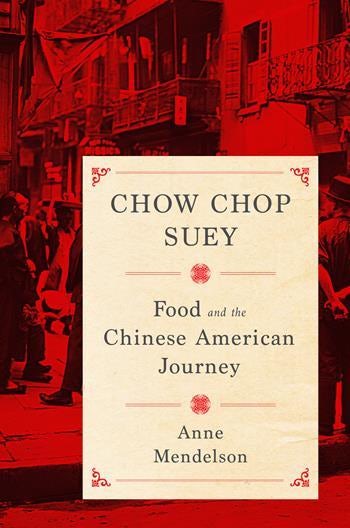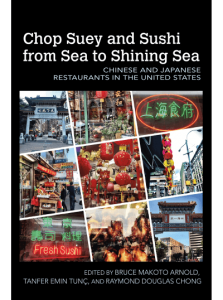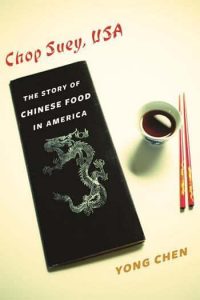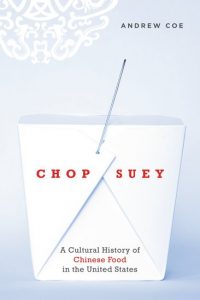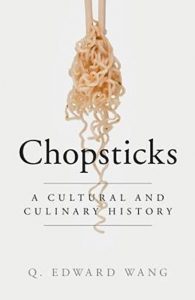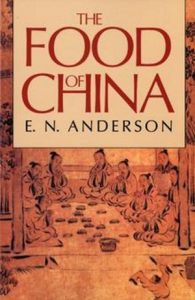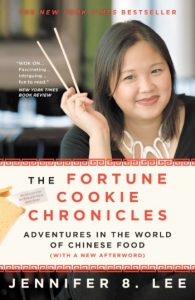by Anne Mendelson
From the publisher: Chinese food first became popular in America under the shadow of violence against Chinese aliens, a despised racial minority ineligible for United States citizenship. The founding of late-nineteenth-century “chop suey” restaurants that pitched an altered version of Cantonese cuisine to white patrons despite a virulently anti-Chinese climate is one of several pivotal events in Anne Mendelson’s thoughtful history of American Chinese food. Chow Chop Suey uses cooking to trace different stages of the Chinese community’s footing in the larger white society.
Mendelson begins with the arrival of men from the poorest district of Canton Province during the Gold Rush. She describes the formation of American Chinatowns and examines the curious racial dynamic underlying the purposeful invention of hybridized Chinese American food, historically prepared by Cantonese-descended cooks for whites incapable of grasping Chinese culinary principles. Mendelson then follows the eventual abolition of anti-Chinese immigration laws and the many demographic changes that transformed the face of Chinese cooking in America during and after the Cold War.
Mendelson concludes with the post-1965 arrival of Chinese immigrants from Taiwan, Southeast Asia, and many regions of mainland China. As she shows, they have immeasurably enriched Chinese cooking in America but tend to form comparatively self-sufficient enclaves in which they, unlike their predecessors, are not dependent on cooking for a white clientele.
Anne Mendelson is a culinary historian and freelance writer specializing in food-related subjects. She has worked as editorial consultant and collaborator on several cookbooks and has contributed entries to the Oxford Encyclopedia of Food and Drink in America (2005). She is the author of Milk (2008) and Stand Facing the Stove (1996).
Columbia University Press, 2016

